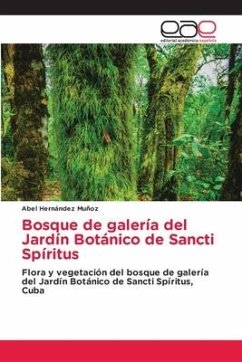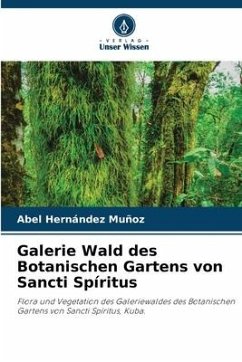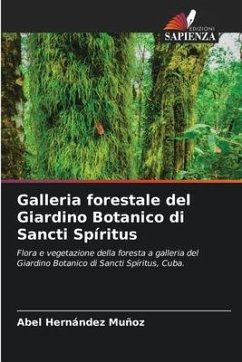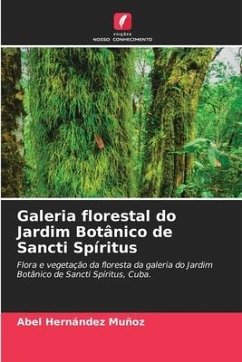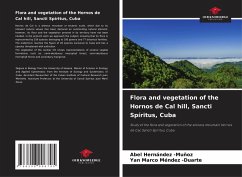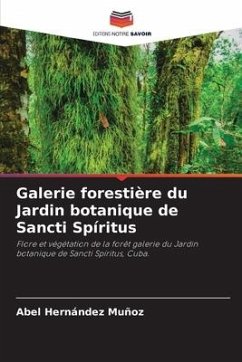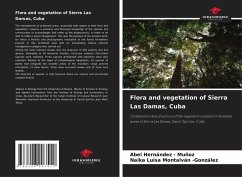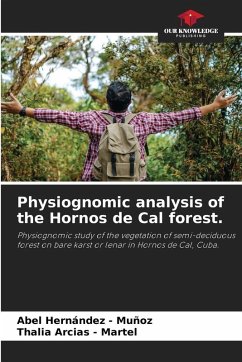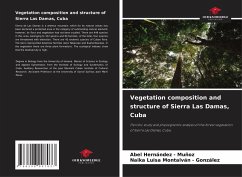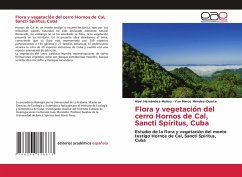
Sancti Spíritus Botanical Garden Gallery Forest
Flora and vegetation of the gallery forest of the Botanical Garden of Sancti Spíritus, Cuba.
Versandkostenfrei!
Versandfertig in 6-10 Tagen
29,99 €
inkl. MwSt.

PAYBACK Punkte
15 °P sammeln!
Riparian forests are important components of forest ecosystems, constituting key segments of plant and animal biodiversity. These plant formations provide essential ecological services. They cover the banks of water courses: rivers, streams and ponds. In the Botanical Garden of Sancti Spíritus, located in the center of the Island of Cuba, there is an interesting gallery forest of about 1800m in length, which constitutes the only natural area of the garden. The present work deals with the flora and vegetation of the gallery forest of the Sancti Spíritus Botanical Garden, for which the florist...
Riparian forests are important components of forest ecosystems, constituting key segments of plant and animal biodiversity. These plant formations provide essential ecological services. They cover the banks of water courses: rivers, streams and ponds. In the Botanical Garden of Sancti Spíritus, located in the center of the Island of Cuba, there is an interesting gallery forest of about 1800m in length, which constitutes the only natural area of the garden. The present work deals with the flora and vegetation of the gallery forest of the Sancti Spíritus Botanical Garden, for which the floristic and physiognomic methods were used. In the study of the flora, the linear transect method was used, covering a distance of 800 linear meters; while for the study of the vegetation, the physiognomic method was used, proceeding to raise five random plots of 15x15 meters. It was found that this area of the garden is essential for the ecological stability of the garden.



